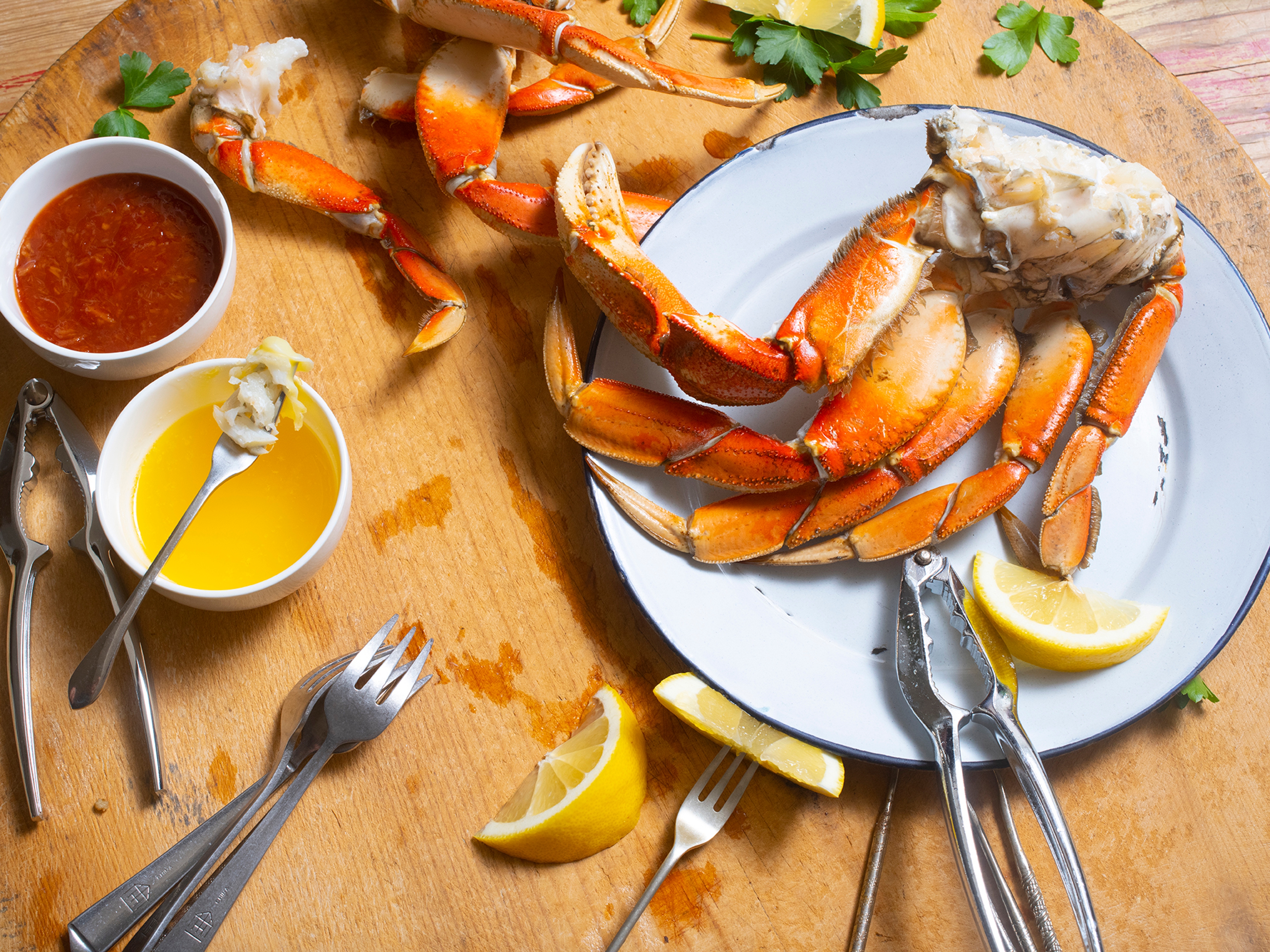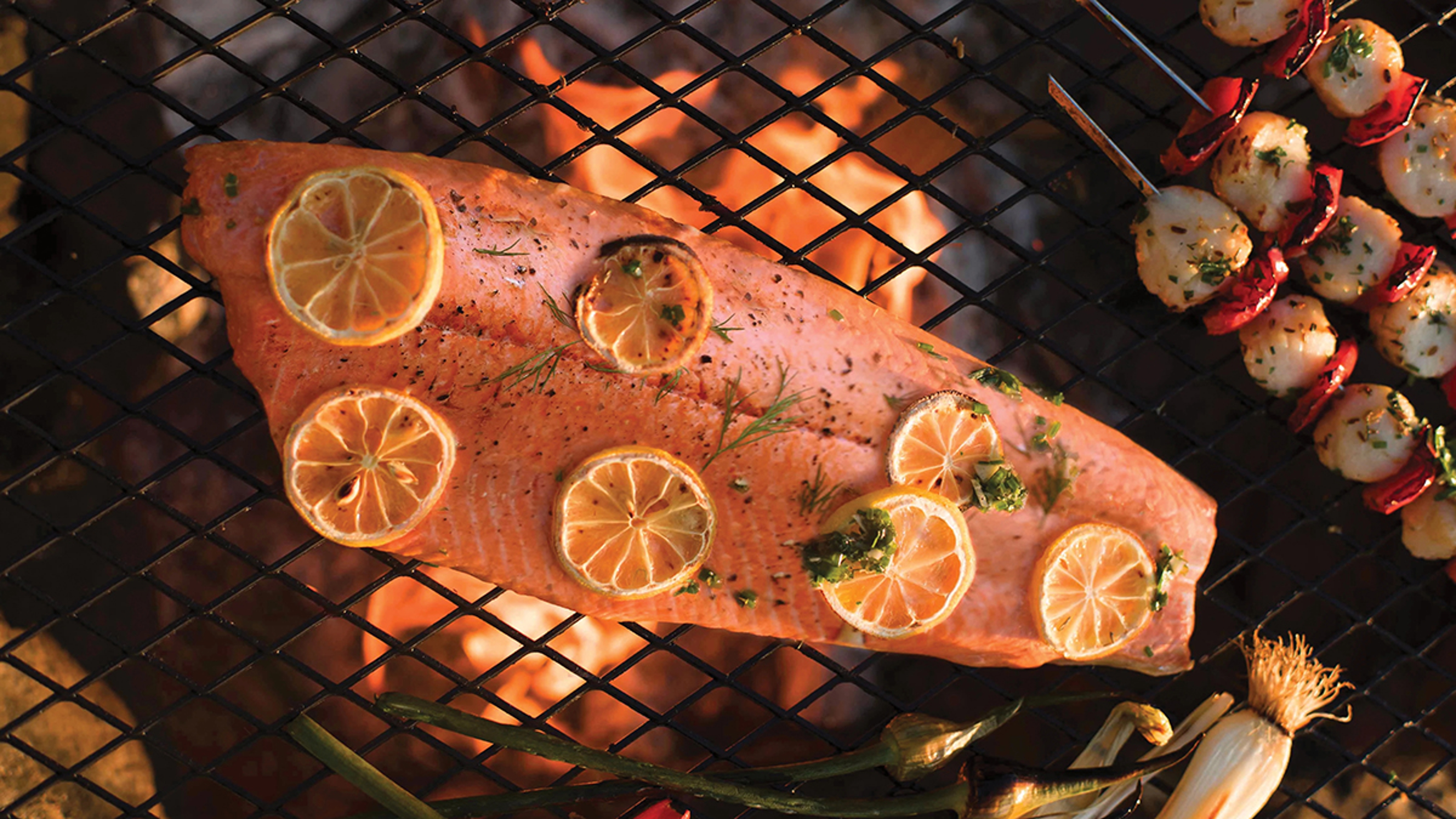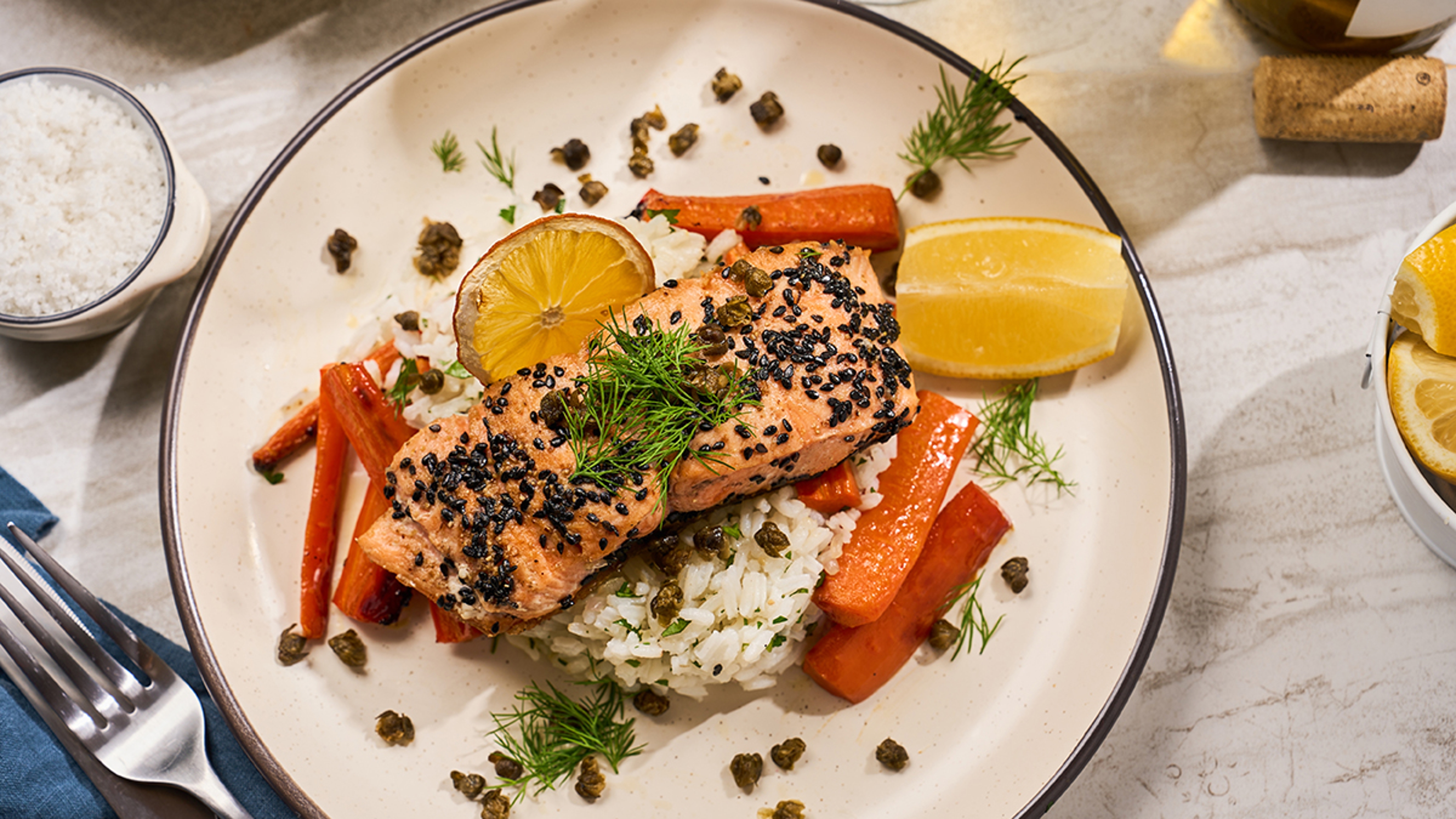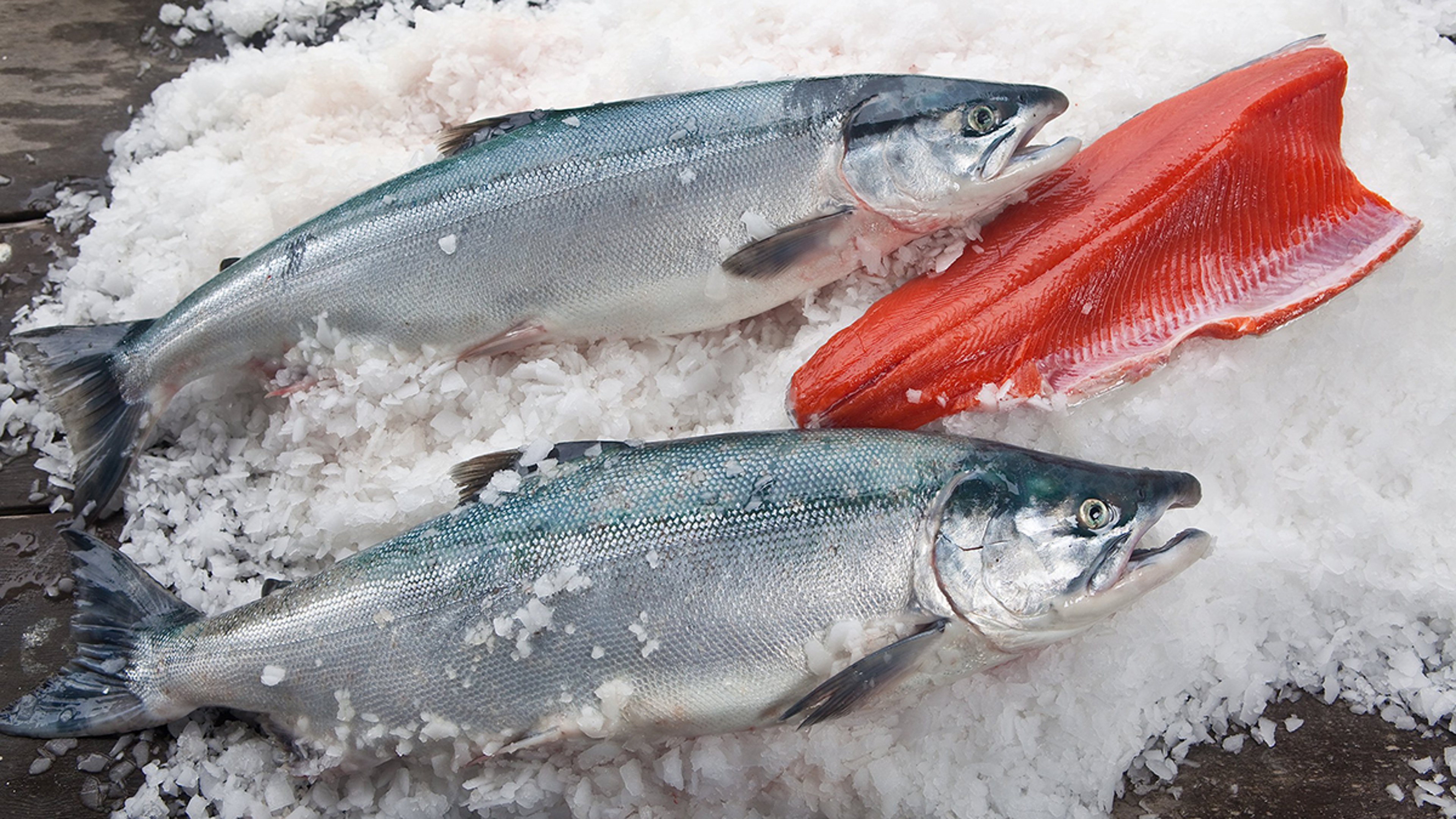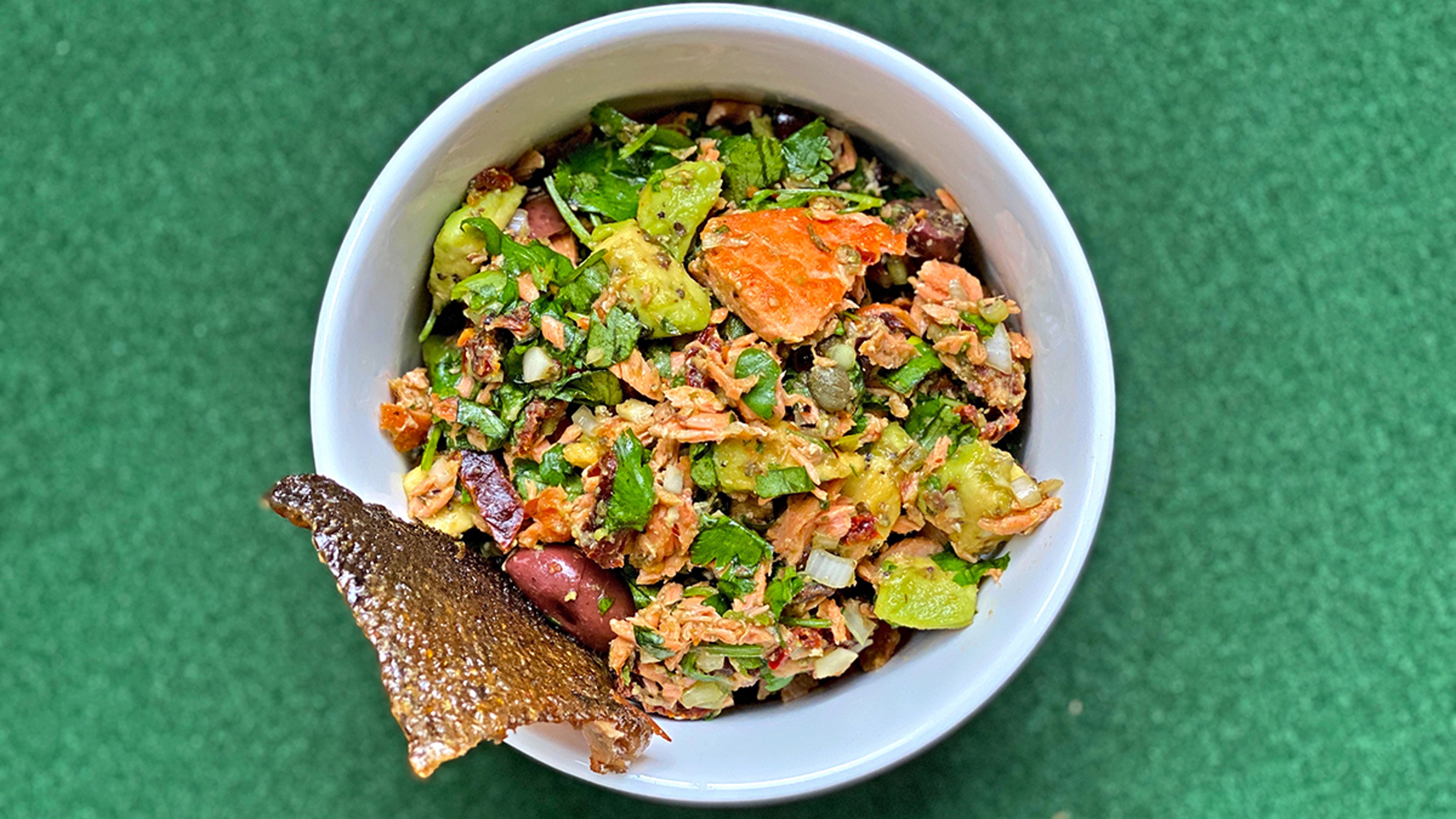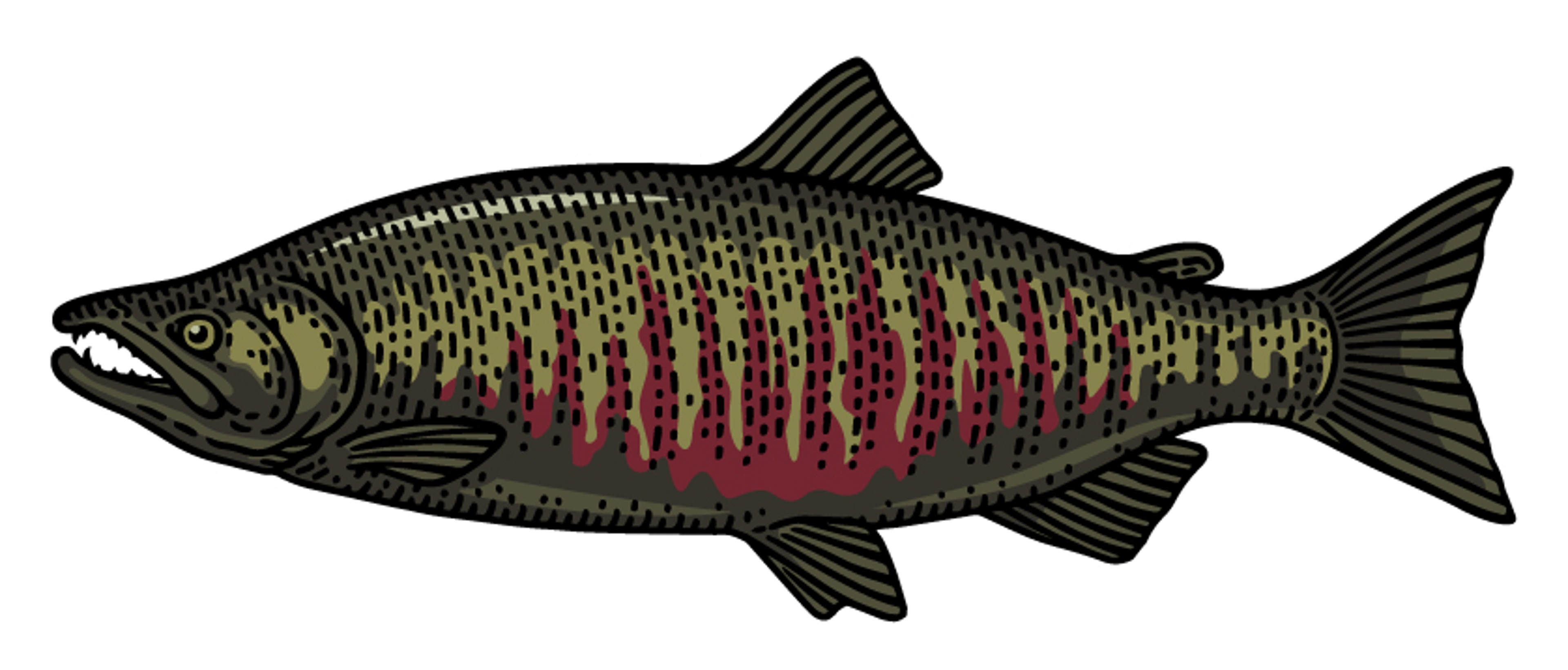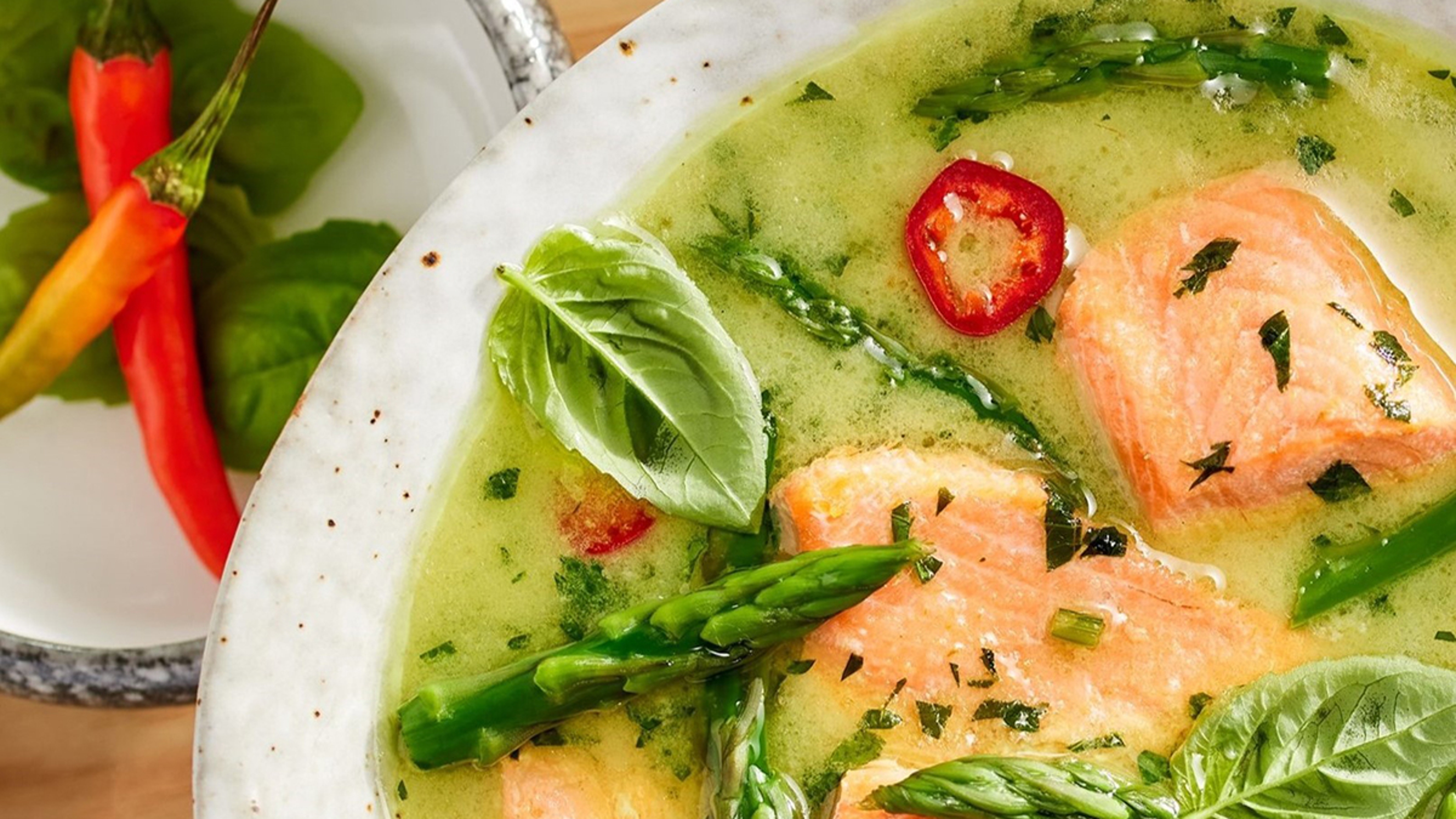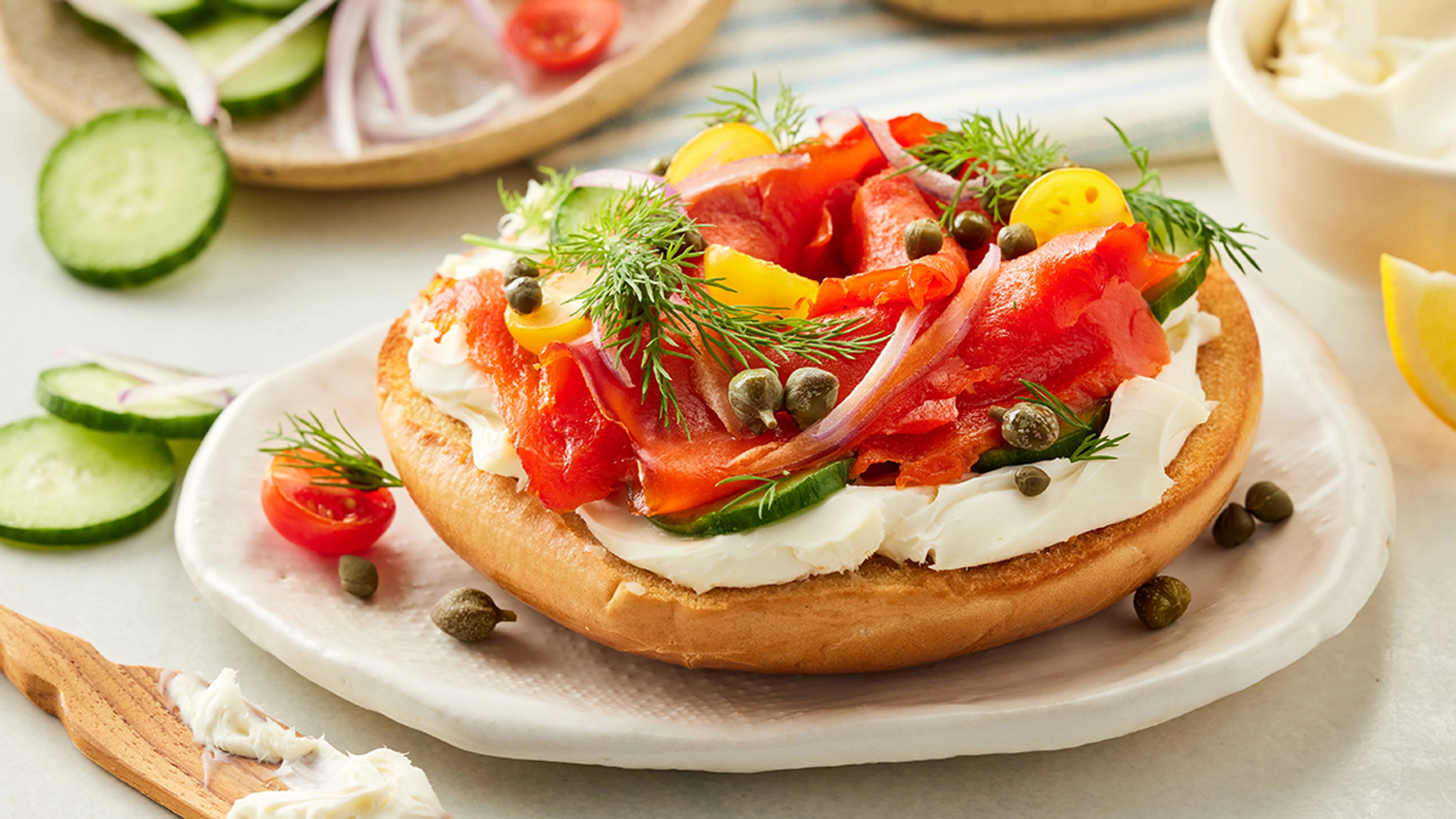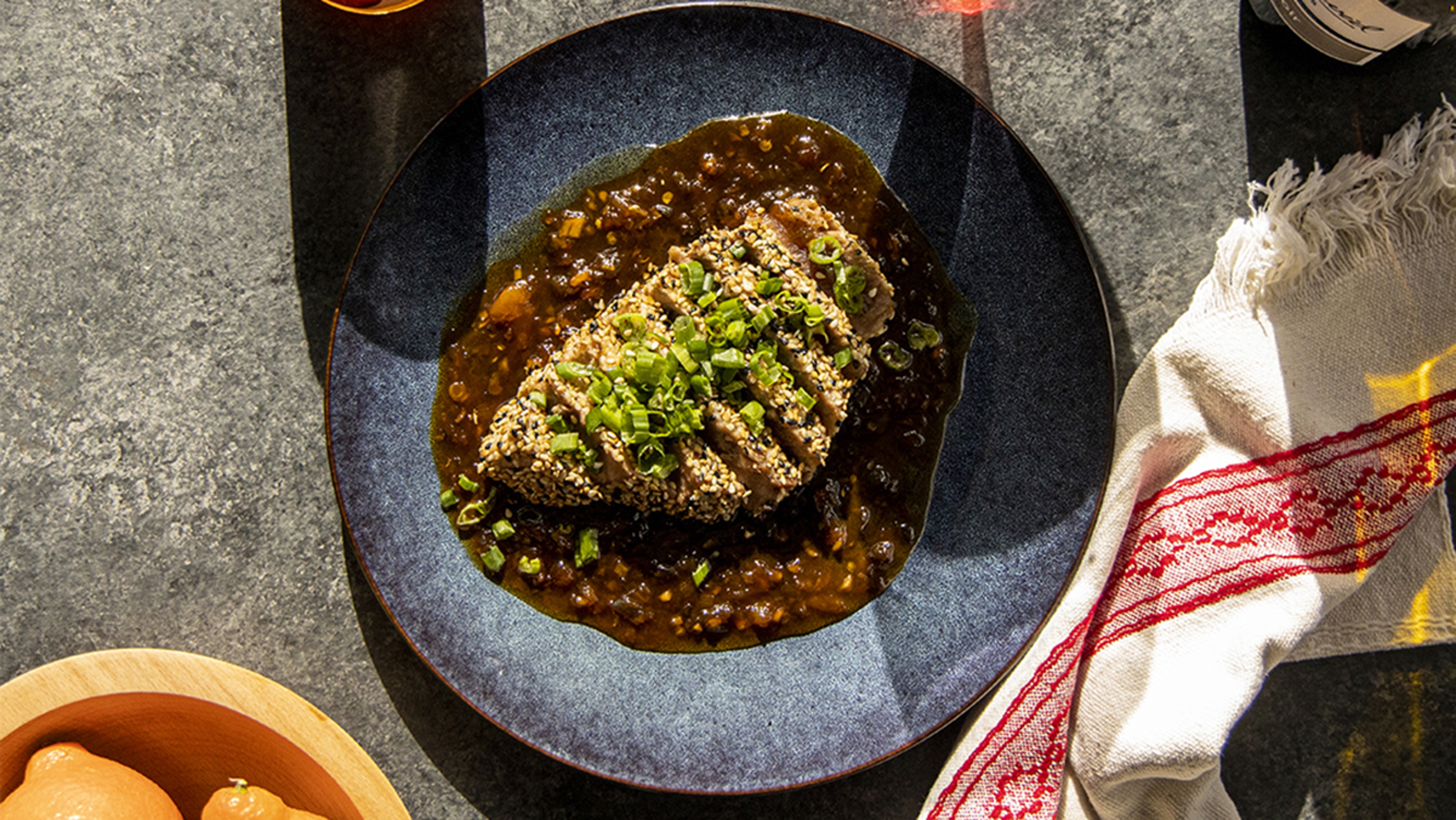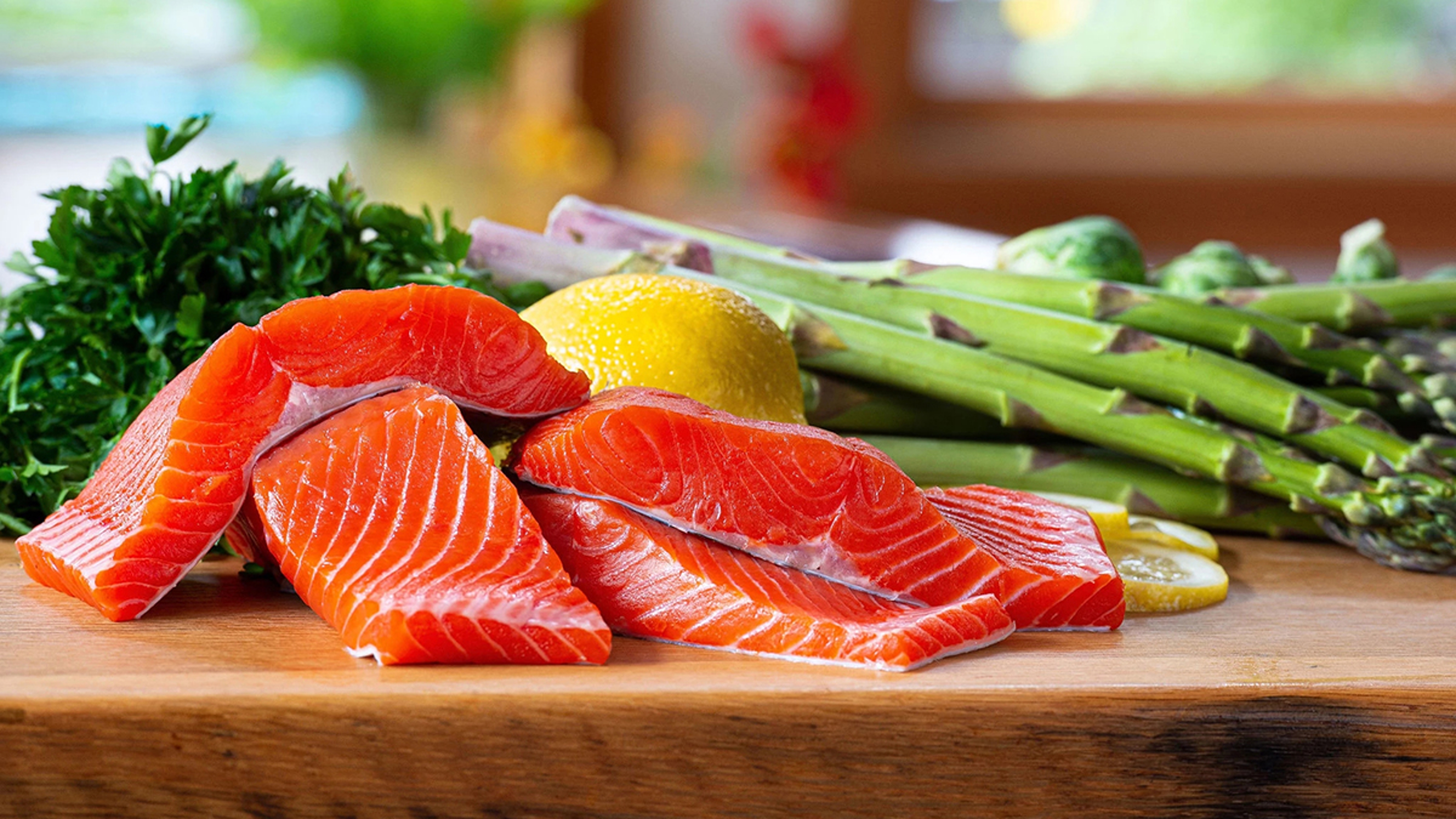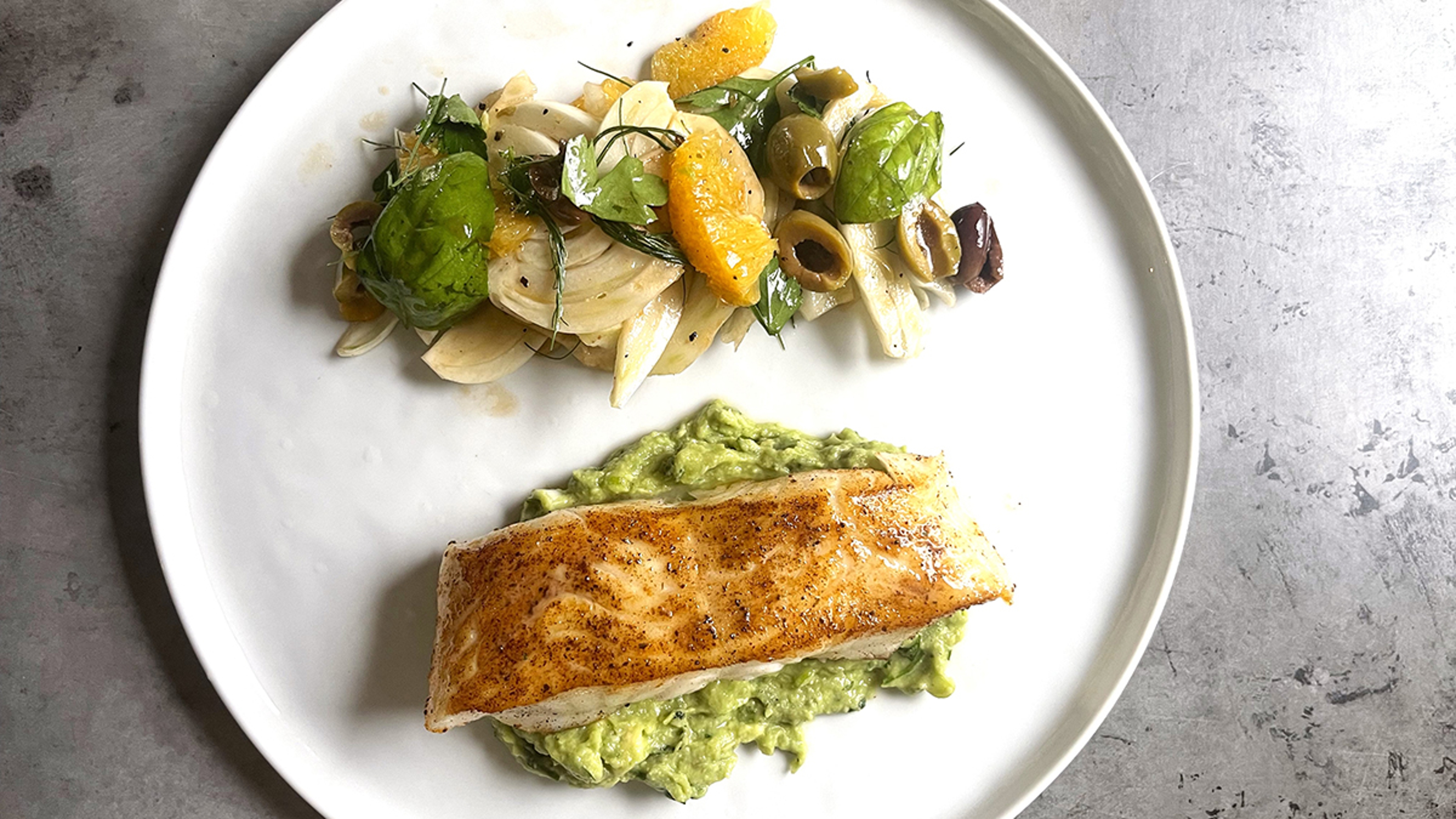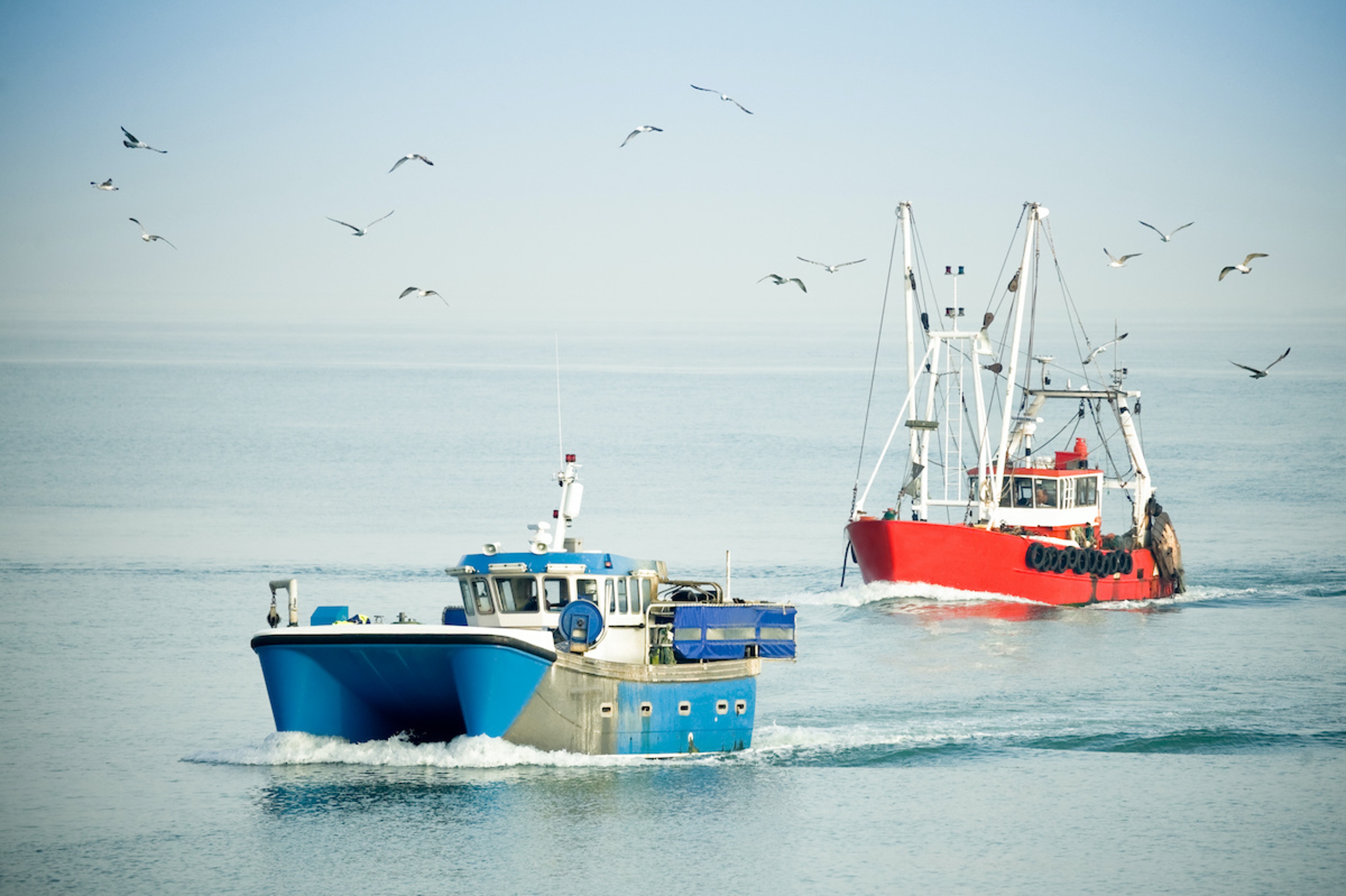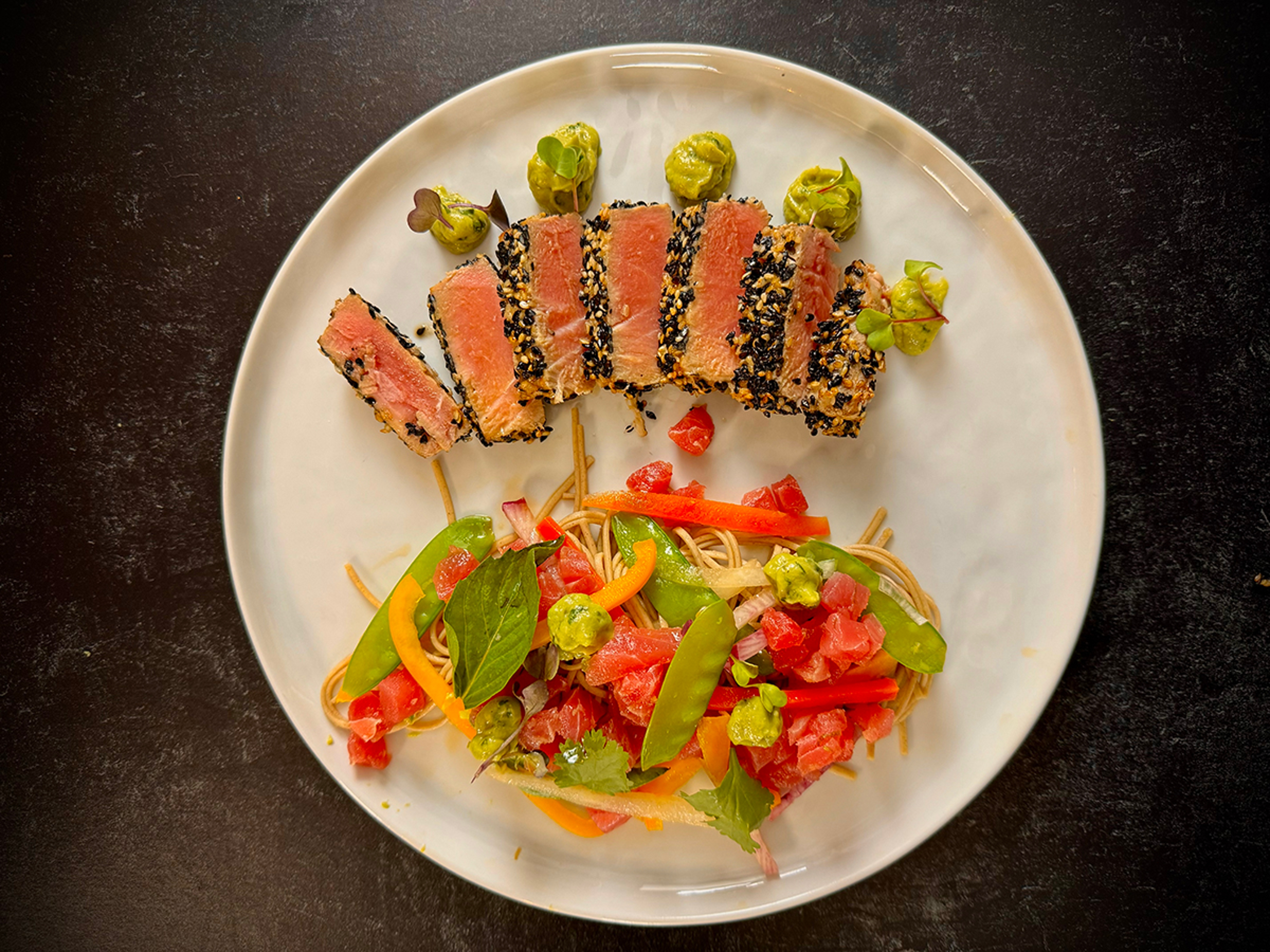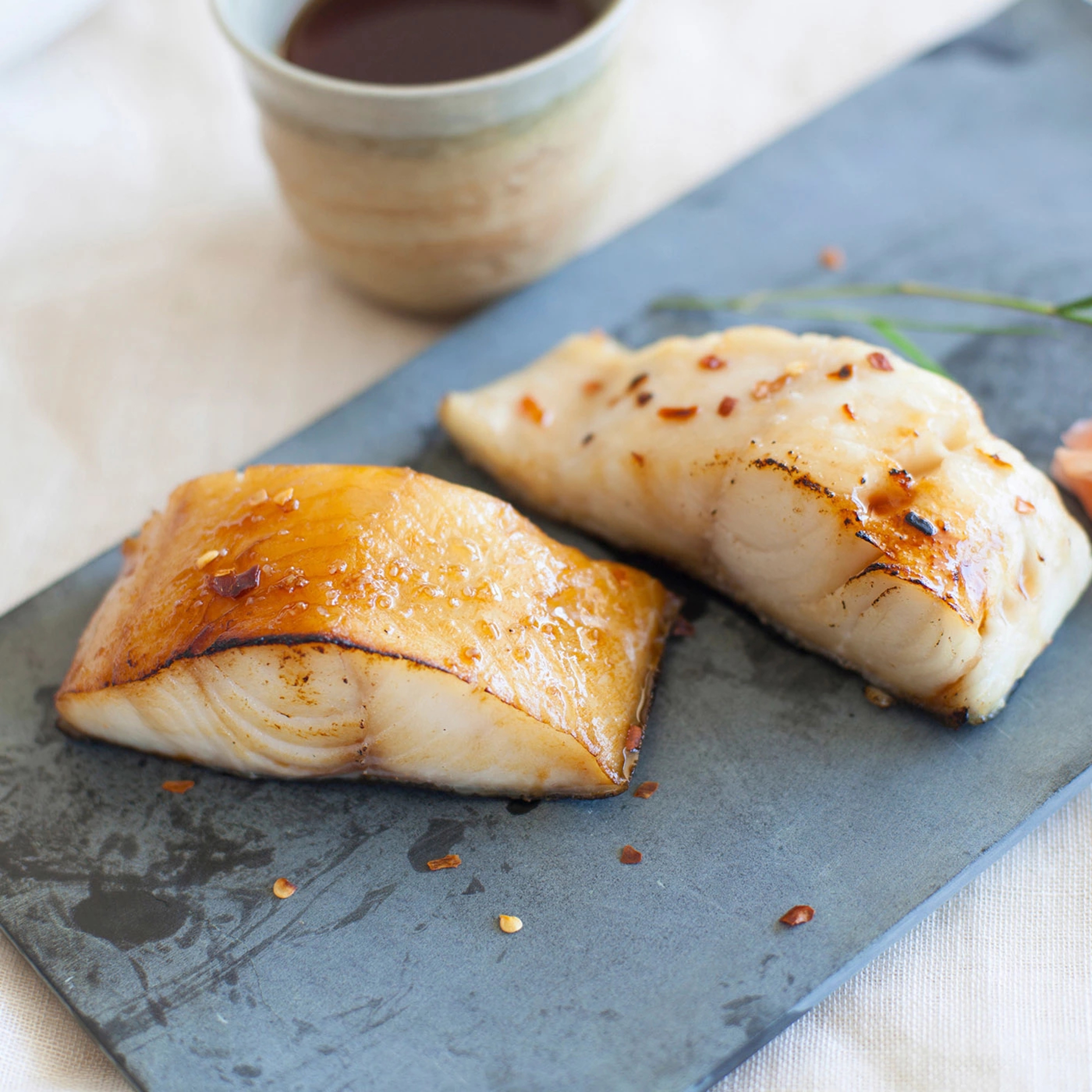You want to eat the freshest fish and seafood possible. Heck, if you can meet the boat at the dock and buy it there, all the better. But everything you need to jazz up your salmon fillets or tuna steaks or preferred type of shellfish, you’ll need to keep on hand. In short, you need to stock a pantry that’s seafood friendly.
If the kitchen is the heart of the home, then a good pantry is the brain or backbone: It houses all the essentials to keep your meal-making running and operating at its peak. And your pantry isn’t just a cabinet filled with spices. We’re talking about all drawers, your fridge, and even your freezer — any place you have to store a diverse array of delicious and quality ingredients just waiting to be put to use to make your fish and seafood-centric dishes shine.
Ask yourself: How does my pantry stack up? If you went to your kitchen right now to whip up a plate of fish and chips, shrimp scampi, or seafood paella, would you have everything you need?
We spoke with some of the country’s top culinary educators and experts to weigh in on what every well-stocked seafood pantry needs, and why. Whether your pantry could use a tune-up or a complete overhaul, you would be wise to put their advice to use: By stocking up on the ingredients and foods you love, you’ll turn your kitchen into a seafood haven, just waiting to be explored and enjoyed with every meal that comes around.
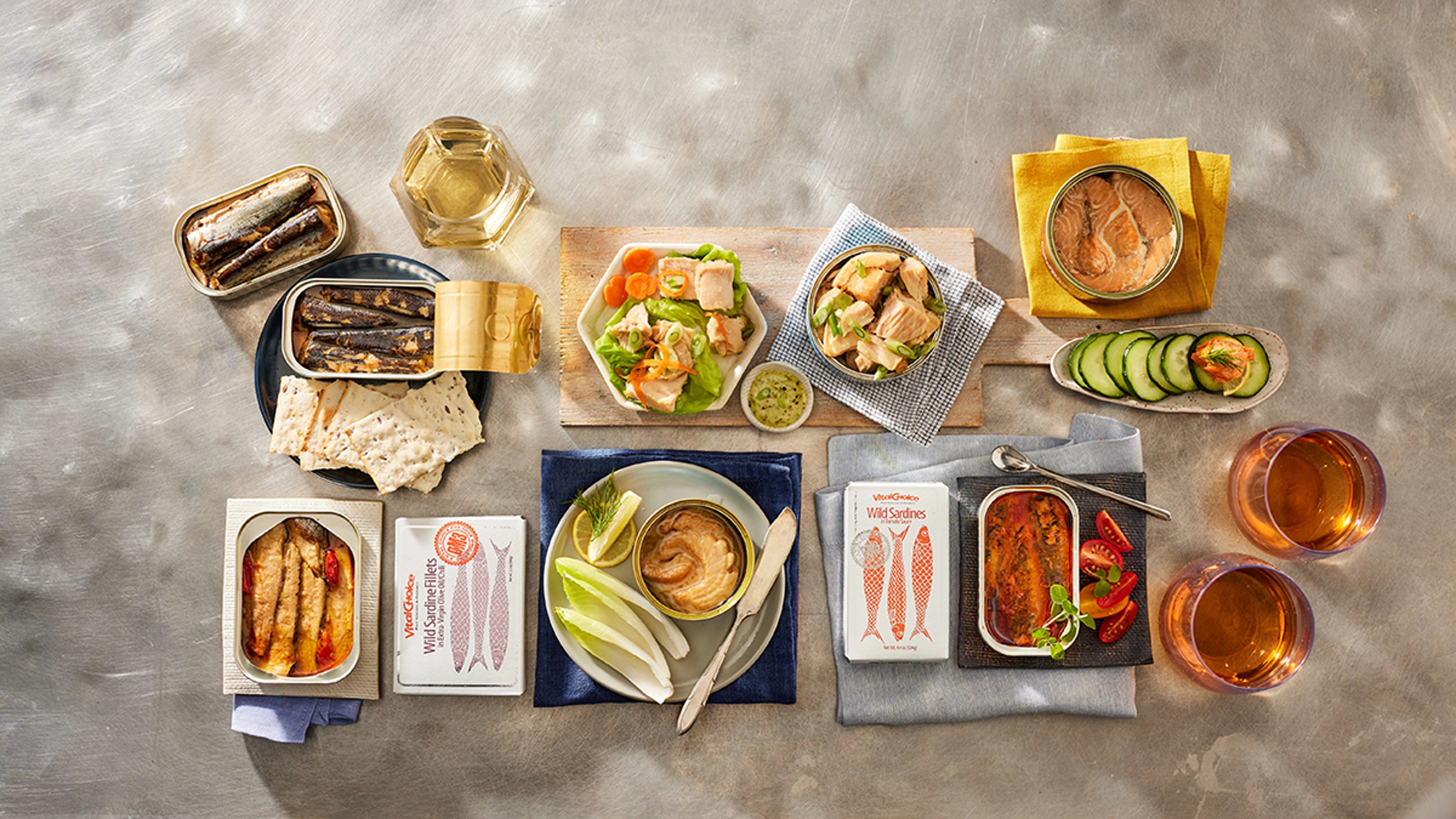
In the freezer
Even if you love a wide variety of exotic fish, keeping some staples in the freezer — salmon, cod, tuna, sea bass, and even haddock — is a veteran move. You don’t have to worry about availability or what the market has in stock, and the protein is always in peak condition.
“Frozen fish is a great option because it’s pre-portioned, won’t spoil, and is usually more affordable by the pound than fresh,” says Gill Boyd, chef-instructor of culinary arts at the world famous Institute of Culinary Education. “I like wild salmon fillets and always keep some on hand because of their value and flavor.”
Lisa Counts, executive chef at Chicago cooking school The Chopping Block, always keeps her freezer well stocked with a few favorite varieties of fish as well.
“I’ve had great success with frozen halibut, tuna, and grouper,” she says. “I also always have a bag of frozen shrimp on hand because they thaw quickly and go with everything.”
Round out your freezer with a selection of frozen bagged vegetables — whatever you or your family enjoy most — plus stock, fries, or tots, and some premade pie crusts or puff pastry. They’re ideal for elevated meals like fish en croute or a seafood tart if you have unexpected company and need a dish to impress.
Canned fish
Tinned and canned fish have trended on social media in recent years, and one prominent person we talked to couldn't be more pleased about it.
“I'm very happy to see sardines, anchovies, and kippers have a bit of a renaissance,” says Mark Farone, a chef and instructor with the acclaimed Cambridge School of Culinary Arts in Massachusetts. “Personally, I'm a big fan of sardines and think they’ve been sidelined over the past several decades. Pasta with sardines is a favorite of mine. And one of my secret joys is sardines on sourdough toast with Japanese mayo, Korean red pepper, and maldon salt.”
Farone also enjoys fish packed in water, such as a good can of albacore tuna; he adds flavored oils, like hazelnut oil, before serving. Skipjack tuna, which has a more pronounced fish flavor, and good-quality, olive oil-packed tuna from Sicily are also high on his essentials list.
For Counts, canned tuna and canned salmon are also staples.
“I keep both on hand to make salads, spreads, or dips with,” she says. “Having tinned anchovies in your pantry comes in handy as an added secret ingredient blended into sauces, dressings, or anywhere else you would want to add a pop of salty goodness.”
Boyd also recommends canned clams, canned oysters, and canned crab meat among his pantry picks.
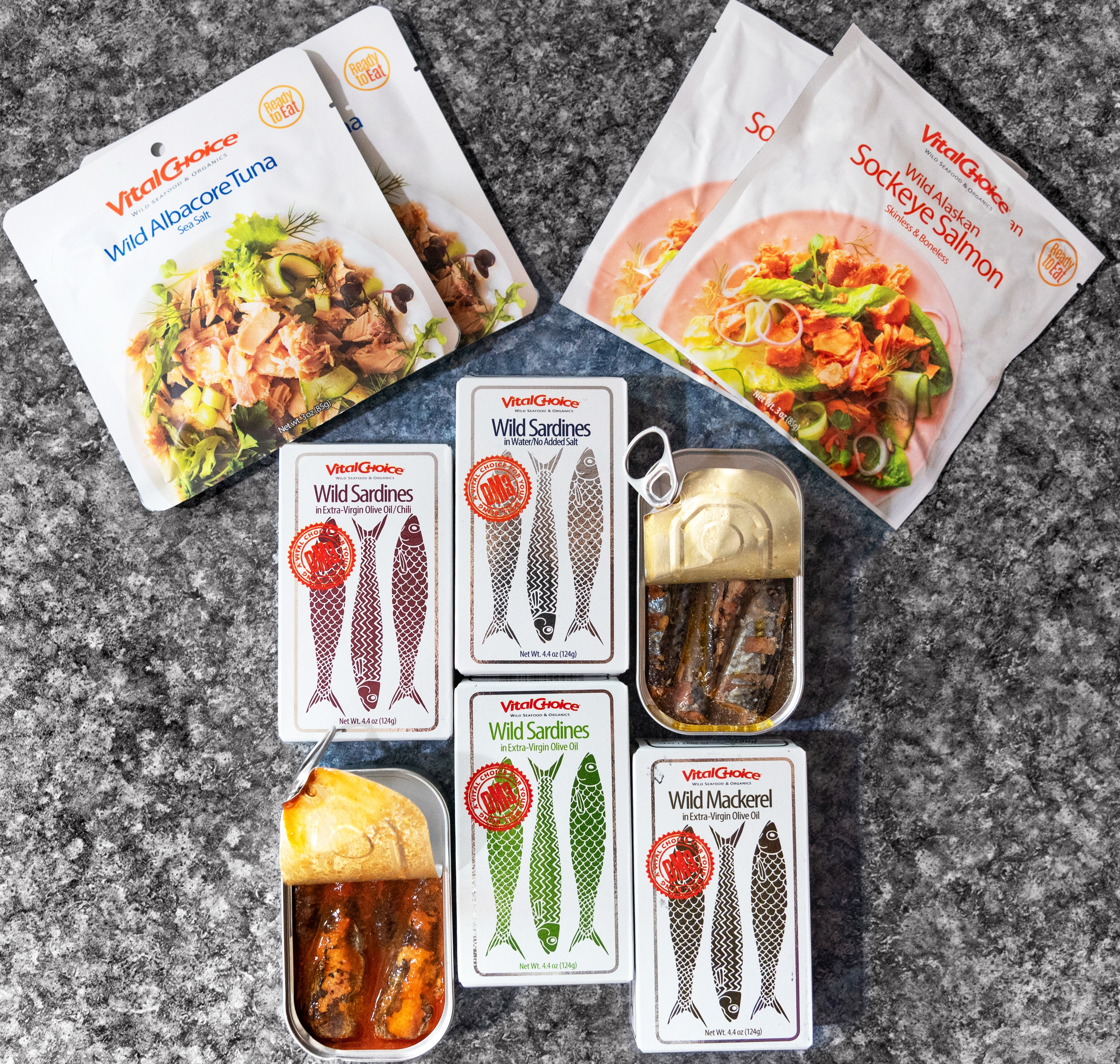
Produce
Many of us keep fruits like bananas, apples, and oranges in our pantries year round. But if you cook a lot of fish and seafood, you need to bolster that roster.
When it comes to fresh staples she always keeps well stocked, Counts swears by just one color.
“Anything green is great to have on hand for seafood dishes,” she says. “I love wilted spinach or kale with fish.”
Farone is also a fan of leafy greens, from mustard greens to kale to chard. He also keeps his pantry loaded with a variety of tomatoes and mushrooms.
Building on those necessities, Boyd adds: “My pantry always has plenty of fresh lemons and limes, too. They’re ideal for adding flavor during cooking or after. I also like to keep lots of onions and celery around, plus leeks for sautéing, braising, or stews. Fennel, parsnips, and lemongrass are three of my other often overlooked favorites.”
Dried fish and fish jerkies
Your current pantry might be home to some beef jerky or perhaps a few grab-and-go meat sticks. But how about dried fish or fish jerky? For a proper seafood pantry, all our experts say these are mandatory items you should include on your shopping list.
“Fish jerky that’s grated on top of stir-fries or pastas — or even pizza — is a great alternative to Parmesan,” Counts says.
“I'm having a moment right now with salmon skin chips — they have an incredible texture and vibrant umami flavor,” Farone adds. “I was also raised on Italian salted cod and unsalted Norwegian stoccafisso types of fish. Both are fantastic dried fish products, and I usually have some hiding somewhere in the pantry. Dried bonito flakes are another must-have.”
READ MORE: How to Make Salmon Skin Chicharrones
Just don’t view these dried varieties of fish as alternatives for what you might have canned or in your freezer, he adds. Consider them an entirely different, and complimentary, ingredient.
“These are fantastic products, but they’re also different to regular fish,” Farone says. “Think of them in the same way you think of grapes and raisins — each has its own unique qualities and uses.”
Other dried goods and cooking essentials
Bread crumbs and panko. Cornmeal and polenta. Rolled oats, lentils, crackers, quinoa, flour, ramen, flour tortillas — the list of dried goods that should be included in a seafood pantry goes on and on. But what do our experts recommend?
For starters, Farone says you’ve got to stock up on a variety of different pastas.
“There's no one single type of pasta shape specifically for fish,” he says. “All starch loves fish, and all fish loves starch! Nuts are another fantastic way to add texture and interest to fish dishes. Lately, I've been adding sunflower kernels to many of mine.”
He also recommends creamed soups, minestrone-style soups, and powdered dashi.
Counts says having panko breadcrumbs, herbs, nuts, or seeds on hand can create a “really flavorful topping to add texture to your fish.”
She also recommends grapeseed or canola oil for high-heat cooking, along with a good-quality olive oil for raw preparations and finishing dishes.
As for Boyd, his pantry would also include pre-made soup packets for creating a quick sauce, fish soup, or stew. And, of course, a plethora of rices.
“Rice is very versatile,” he says. “You should have a few different varieties around and choose what you cook according to the style of recipe; for example, basmati for Indian dishes or jasmine rice for Southeast Asian. I also keep a lot of couscous in my pantry. It’s light and goes well with the texture of most fish.”
Spices
Every well-supplied seafood pantry starts with a variety of peppers, Old Bay seasoning, garlic and onion powder, paprika, dill, thyme, and cumin. But once you’ve got those, you can start to get more creative with some unexpected options.
“I'm a big fan of sumac when it comes to fish,” Farone says. “It's one of the few tart-forward spices, and I think it brings out the best in most white-fleshed meaty fish.”
“My favorite secret ingredient is lemon pepper,” he adds. “And I also use a ton of textured and spiced salts. Many fish dishes are rather basic — it's our job to spice them up! There's a fantastic combination of texture, taste, and aroma that happens when the oils from the fish mix with the crunch of salt.”
Beyond those dried classics, Boyd swears by fresh herbs for his dishes whenever possible — some of which you might even grow yourself on a sunny windowsill.
“Parsley and cilantro are universally good for garnish and flavor,” he says. “Thyme works beautifully as a background flavor to any fish preparation, and coriander is ideal for subtle flavor enhancements. I also always have paprika for European-style dishes and powdered ginger for Asian or Middle Eastern dishes.”
Sauces and condiments
A well-stocked seafood pantry has more than just cocktail and tartar sauces on the shelf.
“Condiments like lemon juice and soy sauce are a great way to customize dishes and bring even more flavor to what you cook,” Counts says. “Fish sauce is my secret ingredient in everything, and that’s no exaggeration. I put it in marinara sauces, curries, dressings, marinades. It’s the perfect salty and umami flavor to enhance and balance other flavors.”
Counts also enjoys garlic in all its forms, along with anything that brings some heat.
“Hot sauce is fabulous,” she says. “It brings a lovely acidity and heat to cut the mayonnaise in tuna or salmon salads.”
Boyd, too, recommends stocking up on another of his favorites. “Remoulade sauce is a perfect alternative to tartar sauce,” he says. “Use it for fried or baked fish. And for Asian-style fish preparations, make sure you also always have some chili sauce on hand.”
Most savory chili sauces contain a basic blend of puréed or chopped chili peppers, vinegar, sugar, and salt. But if you like things a bit more tart and tangy, a sweet chili sauce is another fantastic option.
Finally, Farone swears by a high-quality yuzu, lemon, or lime mayo.
“One fun technique everyone should try is to coat one side of your fish in mayonnaise when searing it,” he says.
The mayo side of the fish will brown and caramelize wonderfully, forming a delicious crispy golden-brown crust.
Or, Farone adds, just skip all the fancy sauces and additions, and cook your fish all by itself — sometimes that’s all you really need. “When it comes to fish, I like to celebrate its flavor and texture rather than mask it,” he says.














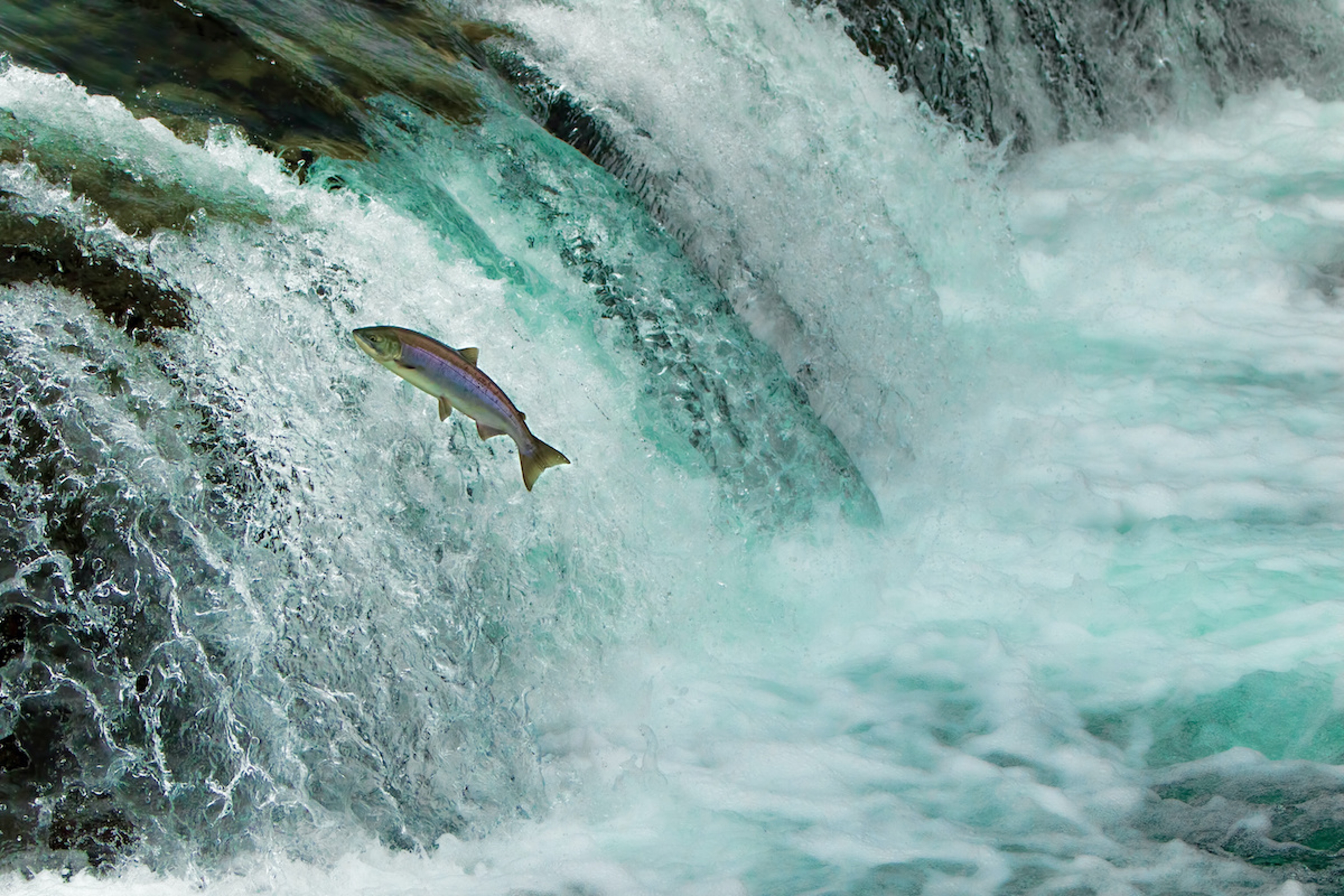



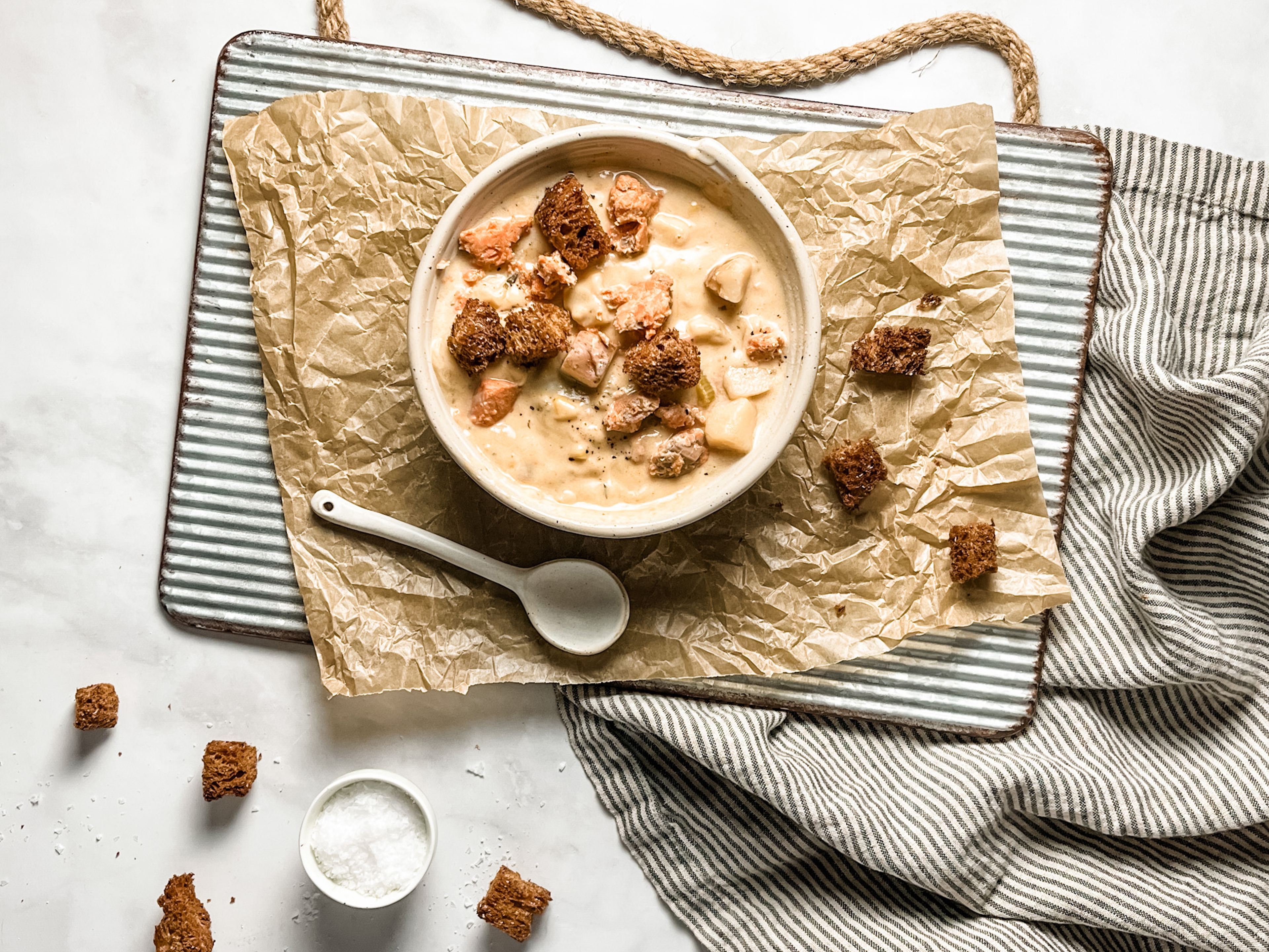



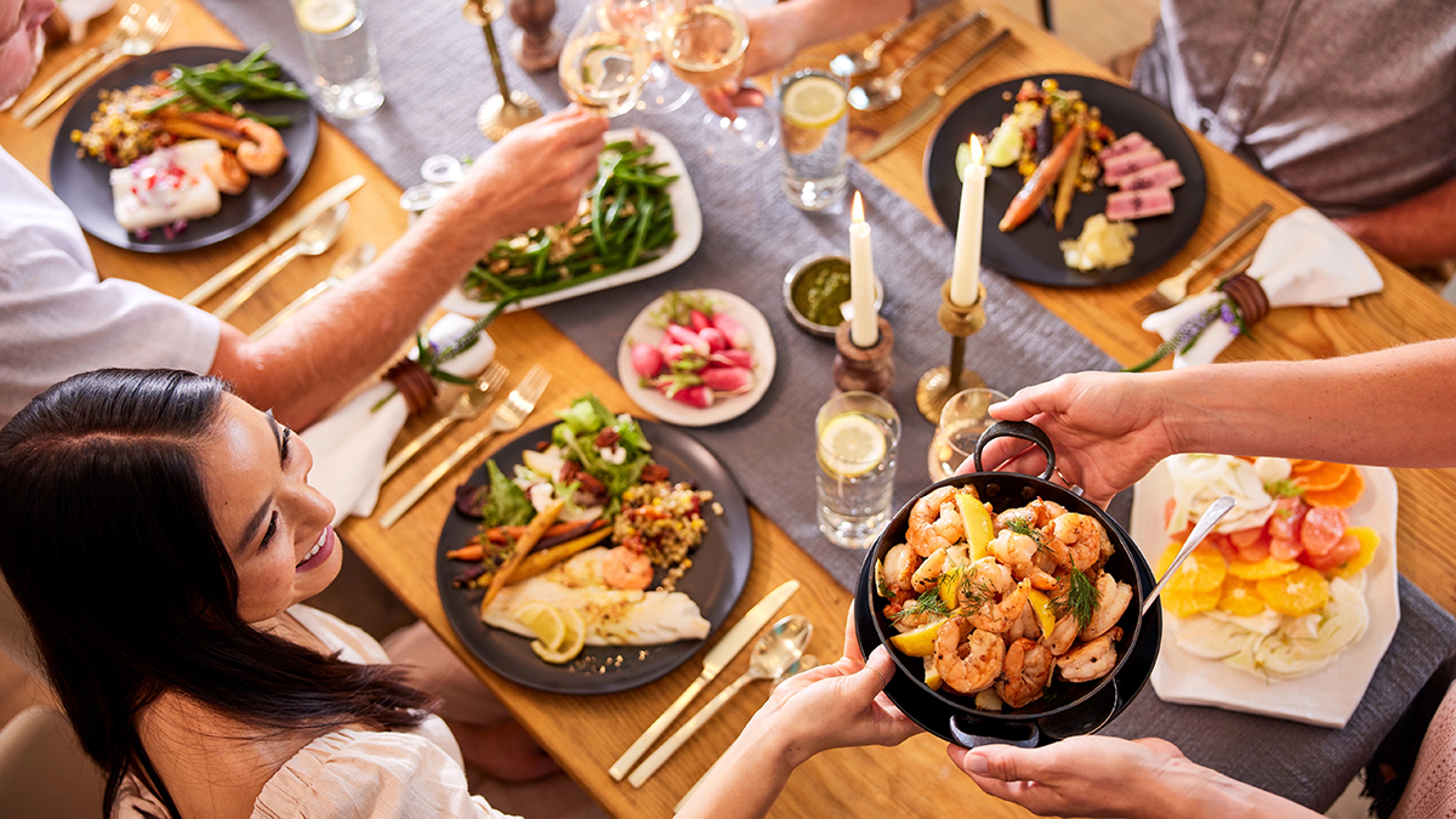
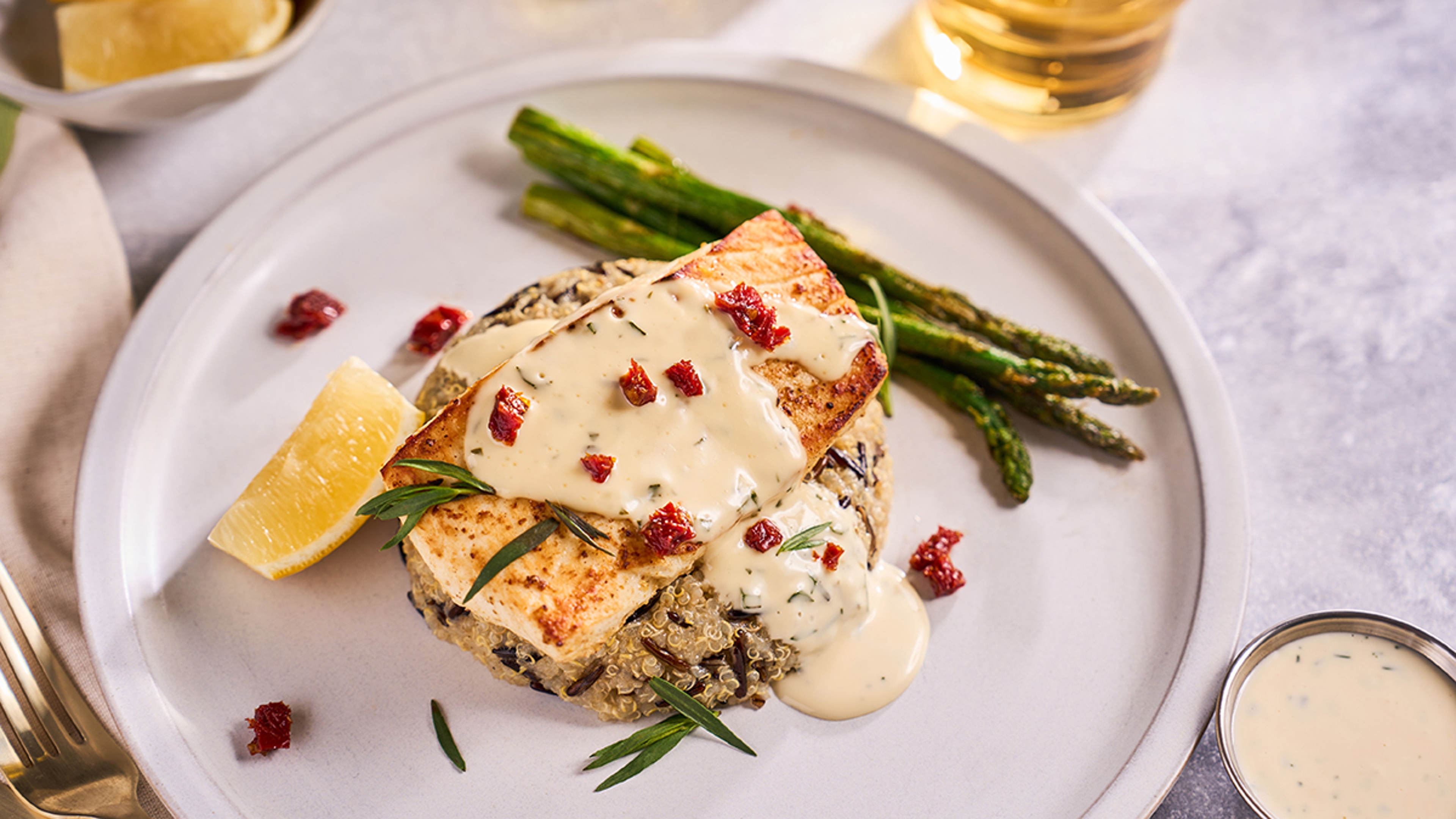

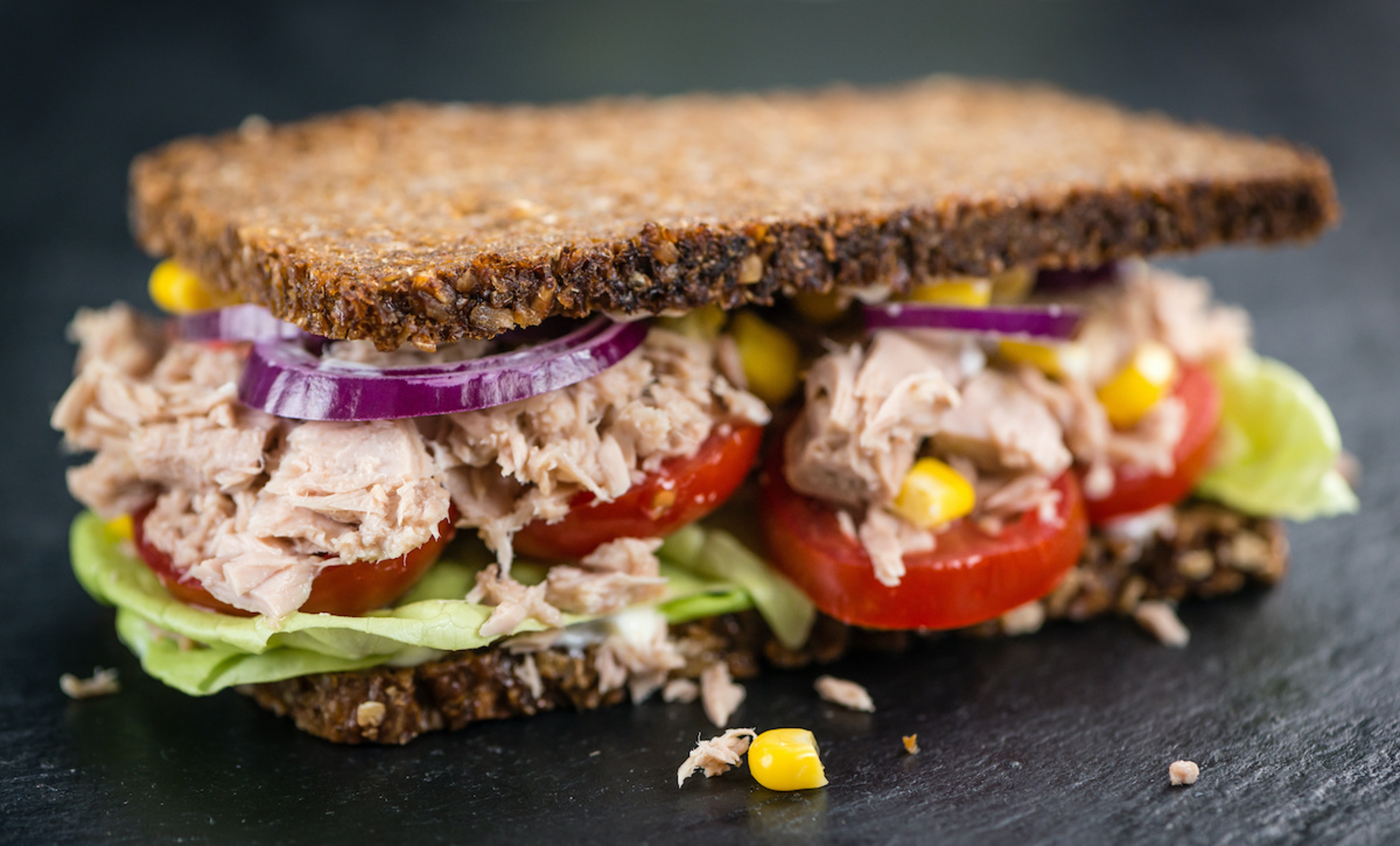
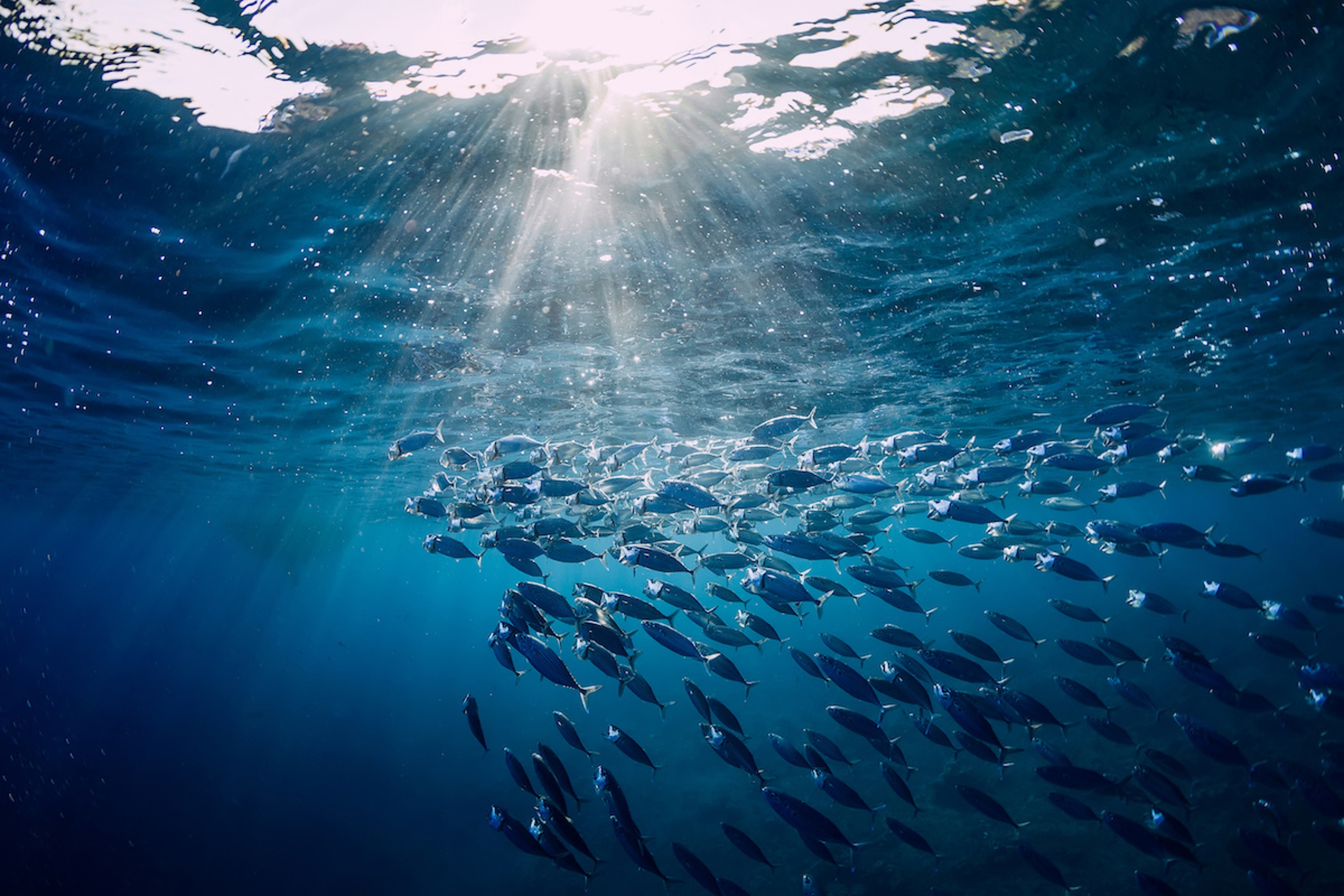



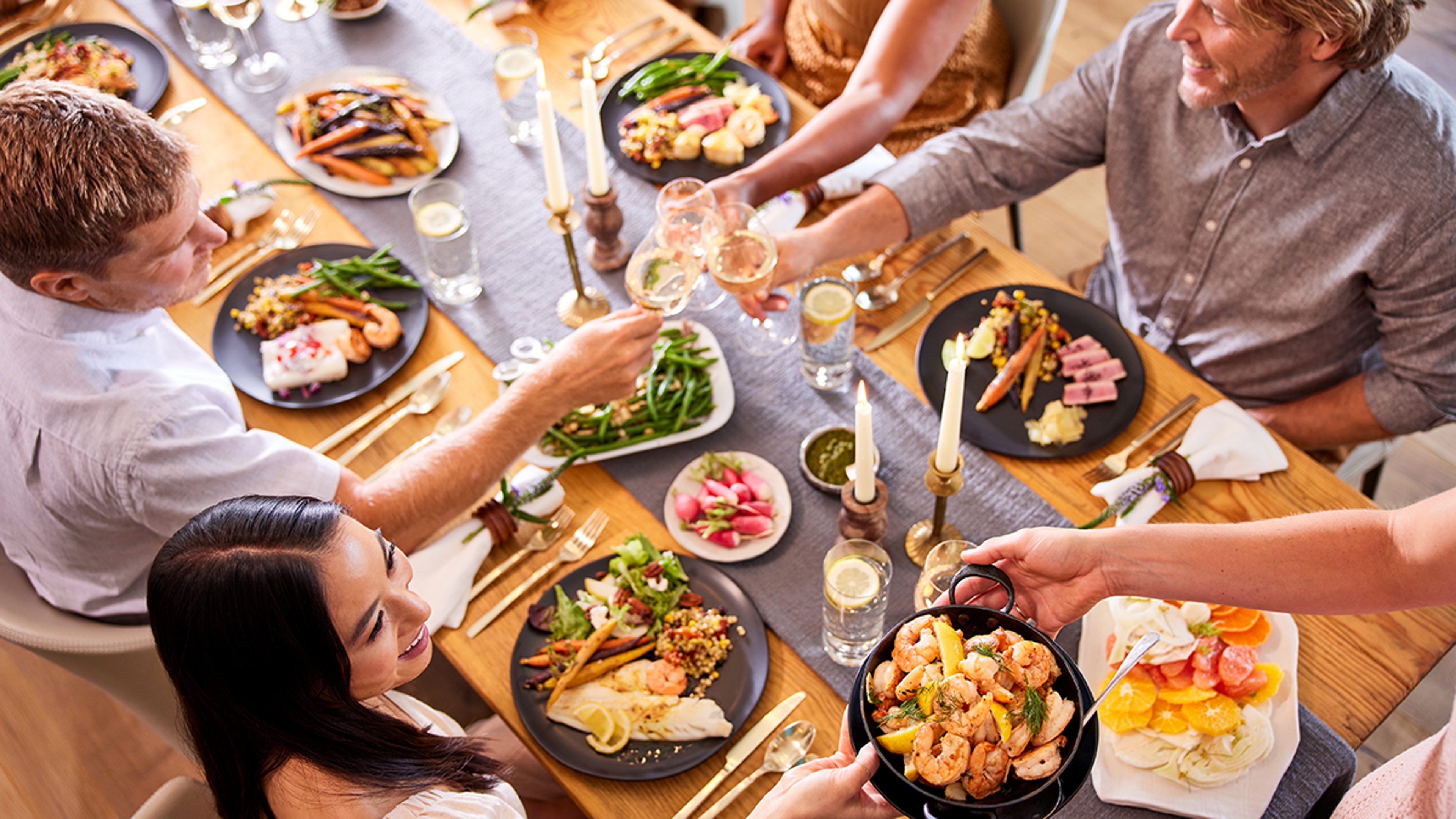





.jpg?q=70&width=3840&auto=webp)


